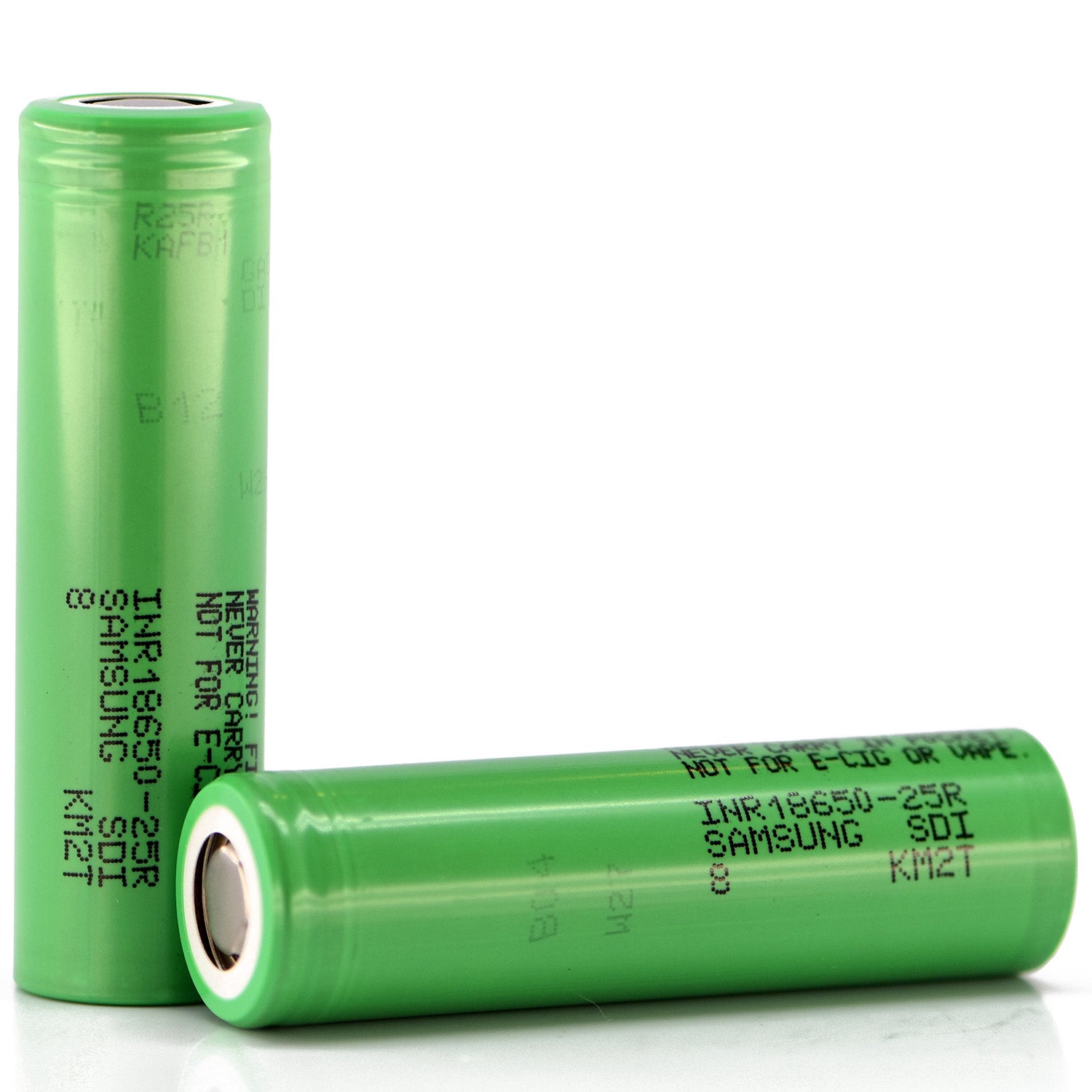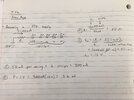AmateurDesign
New Member
Hey there, I've gotten some good advice on here before and was hoping for some help once again.
I am working with a uni group to develop a circuit that powers 30 leds. The arrangement of the leds is up to me.
Ideally, I want it to be low voltage, so that the device can be powered by batteries. But it also needs to power the leds for at least 60, possibly 90, minutes.
The leds that I am using are the ThorLab 830L:

They each have a forward voltage of 1.6V, so if I do all 30 in series, that's far too high of a voltage than I want.
Here's the catch though...the leds are designed to emit a specific wavelength light (830nm) at 50mA current. And the more resistors in the circuit, the more variation that I have between led current values.
Lastly, in addition to the sensitive current parameter, there's also the issue of intensity. I need each of these leds to be at the same intensity or at least as close as possible.
I considered having six parallel branches containing 5 leds in series with a single resistor. But 5 leds in series is already 8V, disregarding the voltage across the resistor. I'm not sure if putting all 5 branches in parallel will simply add up my voltage requirements...meaning 8V x 6 branches = 48V total.
Any help would be greatly appreciated! Any additional info I can provide I'll do so as promptly as possible.
I am working with a uni group to develop a circuit that powers 30 leds. The arrangement of the leds is up to me.
Ideally, I want it to be low voltage, so that the device can be powered by batteries. But it also needs to power the leds for at least 60, possibly 90, minutes.
The leds that I am using are the ThorLab 830L:

Thorlabs - LED830L 830 nm LED with a Glass Lens, 22 mW, TO-18
Thorlabs designs and manufactures components, instruments, and systems for the photonics industry. We provide a portfolio of over 22,000 stocked items, complimented by endless custom solutions enabled by vertical integration. Thorlabs is comprised of 22 wholly owned design and manufacturing...
www.thorlabs.com
They each have a forward voltage of 1.6V, so if I do all 30 in series, that's far too high of a voltage than I want.
Here's the catch though...the leds are designed to emit a specific wavelength light (830nm) at 50mA current. And the more resistors in the circuit, the more variation that I have between led current values.
Lastly, in addition to the sensitive current parameter, there's also the issue of intensity. I need each of these leds to be at the same intensity or at least as close as possible.
I considered having six parallel branches containing 5 leds in series with a single resistor. But 5 leds in series is already 8V, disregarding the voltage across the resistor. I'm not sure if putting all 5 branches in parallel will simply add up my voltage requirements...meaning 8V x 6 branches = 48V total.
Any help would be greatly appreciated! Any additional info I can provide I'll do so as promptly as possible.
Last edited:


